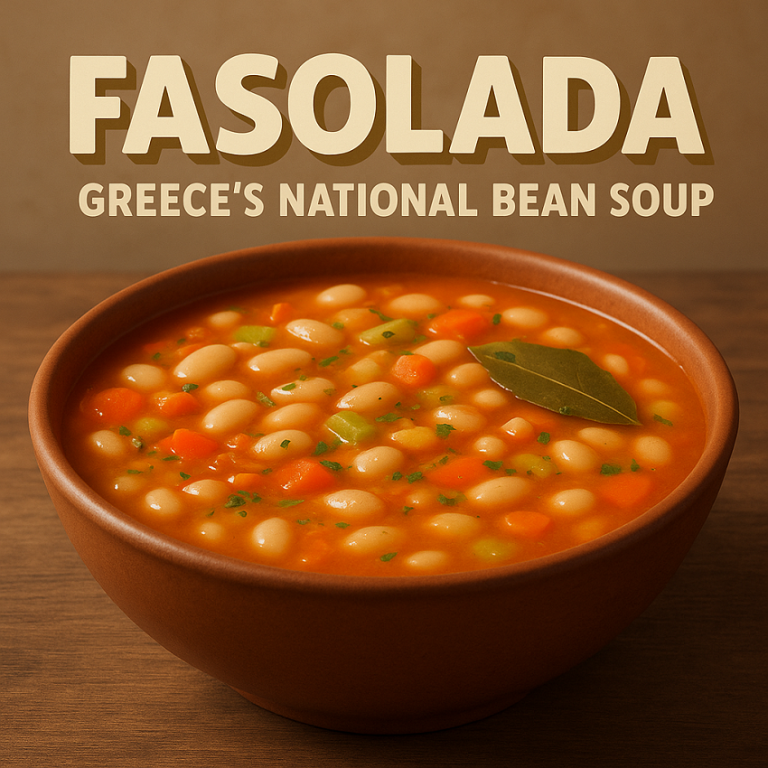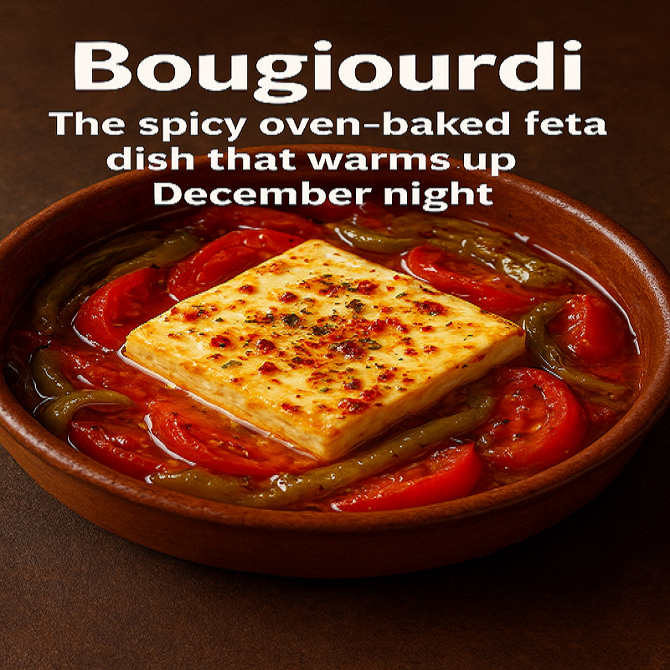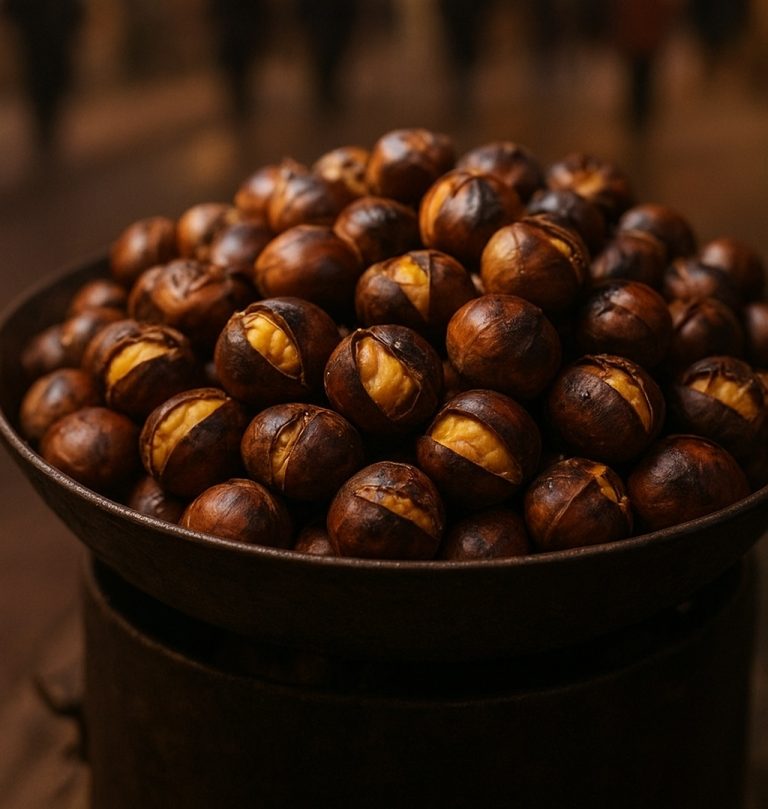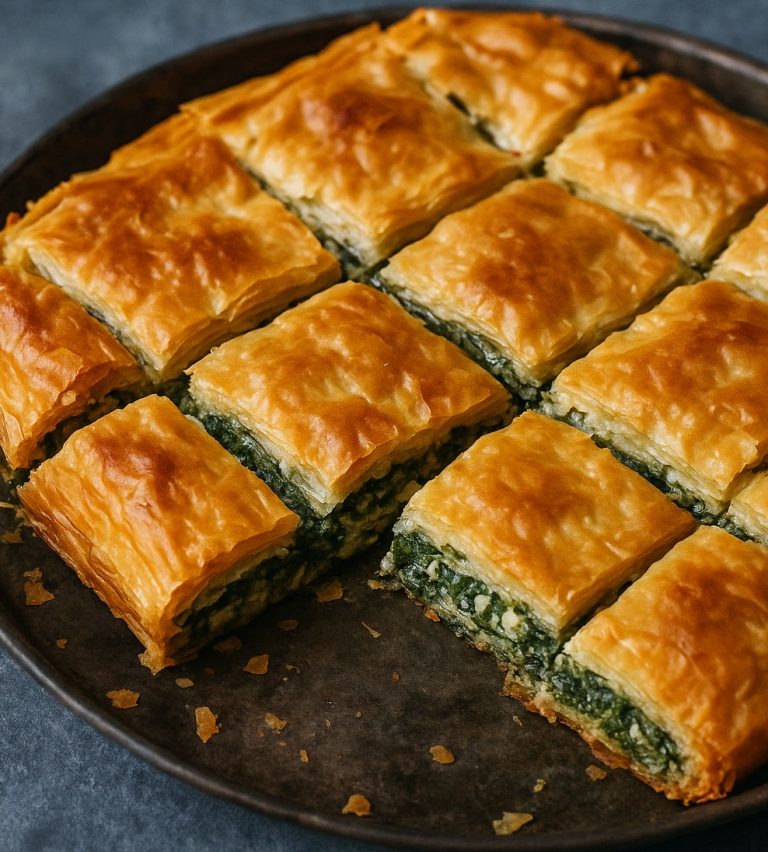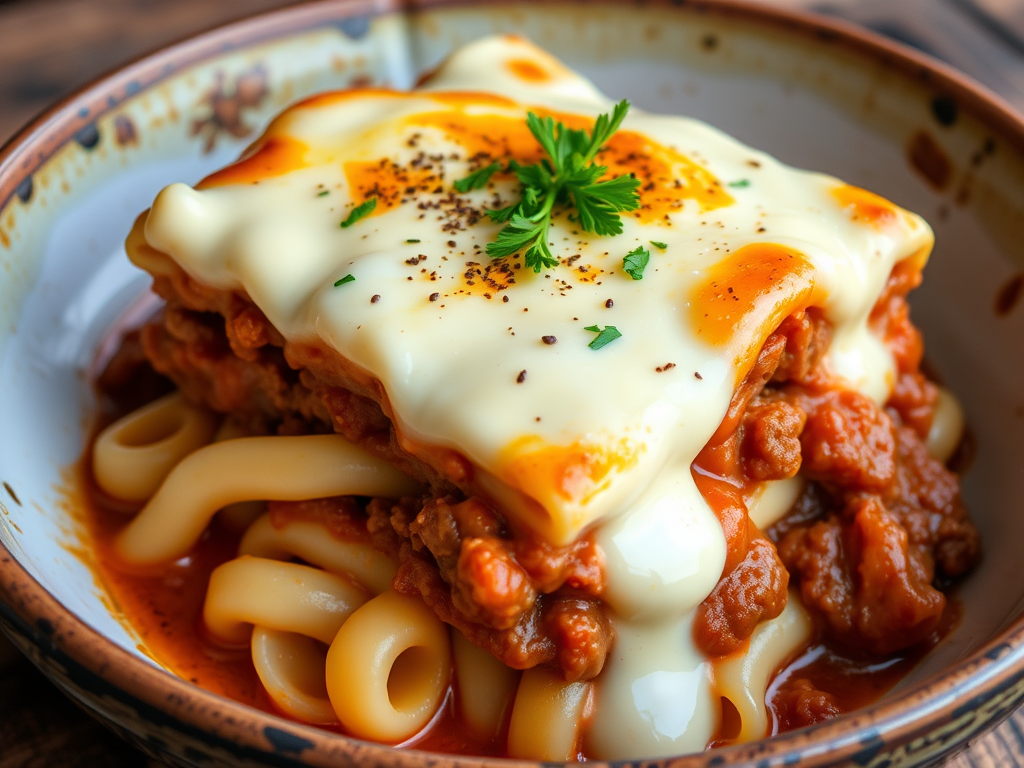
Introduction
Pastitsio is a beloved dish in Greek cuisine, often referred to as “Greek lasagna.” This comforting, layered casserole combines pasta, a rich meat sauce, and a creamy béchamel topping, creating a delightful harmony of flavors and textures. With its roots deeply embedded in Greek tradition, pastitsio is a staple at family gatherings, holidays, and special occasions, bringing people together around the dinner table.
Origins and History
The origins of pastitsio are somewhat debated, but it has evolved into a quintessential Greek dish over time. The name “pastitsio” derives from the word “pastichio,” which means a mixture or medley, reflecting the dish’s diverse components. Traditionally, pastitsio was prepared for gatherings, showcasing the use of local ingredients and the warmth of Greek hospitality. This dish has been passed down through generations, with each family adding its own unique twist, making it a cherished part of Greek culinary culture.
Historically, the dish reflects the resourcefulness of the Greek people, often utilizing leftover meats and ingredients to create a hearty meal. As Greek immigrants spread across the globe, pastitsio gained popularity, adapting to local tastes while maintaining its traditional roots.
Ingredients
Pasta
The pasta used in pastitsio is typically tubular, such as bucatini or penne. This shape allows the pasta to hold the meat sauce and béchamel well, ensuring each bite is full of flavor. The choice of pasta is crucial, as it needs to remain firm enough to withstand the baking process, creating a satisfying texture.
Meat Sauce
The meat sauce is the heart of pastitsio, usually made with ground beef or lamb. The meat is sautéed with onions and garlic until browned, releasing a rich aroma that tantalizes the senses. A blend of spices, such as cinnamon, nutmeg, and allspice, adds depth and warmth to the sauce. Tomatoes are added for acidity and sweetness, creating a rich and savory sauce that complements the pasta beautifully. Some variations include red wine for an extra layer of flavor, while others may incorporate herbs like oregano and parsley for freshness.
Béchamel Sauce
The creamy béchamel sauce is what sets pastitsio apart from other pasta dishes. Made from butter, flour, milk, and eggs, this velvety sauce is seasoned with salt, pepper, and a touch of nutmeg. The béchamel is often enriched with grated cheese, such as kefalotyri or parmesan, enhancing its richness. Once baked, the béchamel forms a golden crust on top, adding a delightful contrast to the other layers.
Preparation
Making pastitsio requires several steps, but the end result is worth the effort. Here’s a detailed overview of the preparation process:
- Cook the Pasta: Boil the tubular pasta until al dente, usually for a few minutes less than the package instructions indicate. Drain and drizzle with a bit of olive oil to prevent sticking. Set aside to cool slightly.
- Prepare the Meat Sauce: In a large skillet, heat olive oil over medium heat. Sauté chopped onions and minced garlic until translucent. Add the ground meat, cooking until browned and crumbly. Stir in crushed tomatoes, tomato paste, and spices, allowing the mixture to simmer for about 20-30 minutes. This simmering time helps develop the flavors, creating a rich and hearty sauce.
- Make the Béchamel: In a separate saucepan, melt butter over low heat. Whisk in flour to create a roux, cooking for a minute until golden. Gradually add milk, whisking continuously to avoid lumps. Cook until the sauce thickens, then remove from heat. Stir in beaten eggs and seasonings, ensuring a smooth consistency.
- Layer the Dish: Preheat the oven to 350°F (175°C). In a greased baking dish, layer half of the cooked pasta, followed by the meat sauce, ensuring even distribution. Add the remaining pasta on top and pour the béchamel sauce over the entire dish, spreading it evenly with a spatula.
- Bake: Bake in the preheated oven for 45 minutes to an hour, or until the top is golden brown and bubbly. Let it rest for a few minutes before serving, allowing the layers to set.
Serving Suggestions
Pastitsio is typically served in generous portions, making it a perfect dish for sharing. It pairs well with a simple Greek salad, featuring fresh tomatoes, cucumbers, olives, and feta cheese, providing a refreshing contrast to the richness of the pastitsio. A glass of red wine, such as Agiorgitiko or Xinomavro, can enhance the dining experience, complementing the rich flavors of the dish.
For a complete meal, consider serving pastitsio alongside warm pita bread and a selection of dips like tzatziki or hummus. This combination not only rounds out the meal but also encourages communal dining, a hallmark of Greek culture.
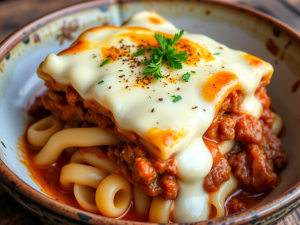
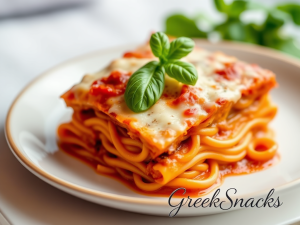
Variations
While traditional pastitsio is delightful, many variations exist, reflecting regional differences and personal preferences. Some people add vegetables, such as zucchini or bell peppers, to the meat sauce for added flavor and nutrition. Others may use different types of cheese in the béchamel or incorporate herbs like mint for a unique twist.
Vegetarian versions of pastitsio also exist, substituting the meat sauce with a mixture of sautéed vegetables and lentils or mushrooms. These adaptations maintain the essence of pastitsio while catering to different dietary preferences.
Conclusion
Pastitsio is more than just a meal; it is a symbol of Greek hospitality and tradition. Whether enjoyed at a family gathering or a special celebration, this layered casserole offers comfort and warmth with every bite. Its rich history and delicious flavors make pastitsio a cherished dish in Greek cuisine, inviting everyone to savor the essence of home-cooked goodness. As you gather around the table with loved ones, let pastitsio be a centerpiece of connection, conversation, and celebration, embodying the spirit of Greek culinary heritage.
